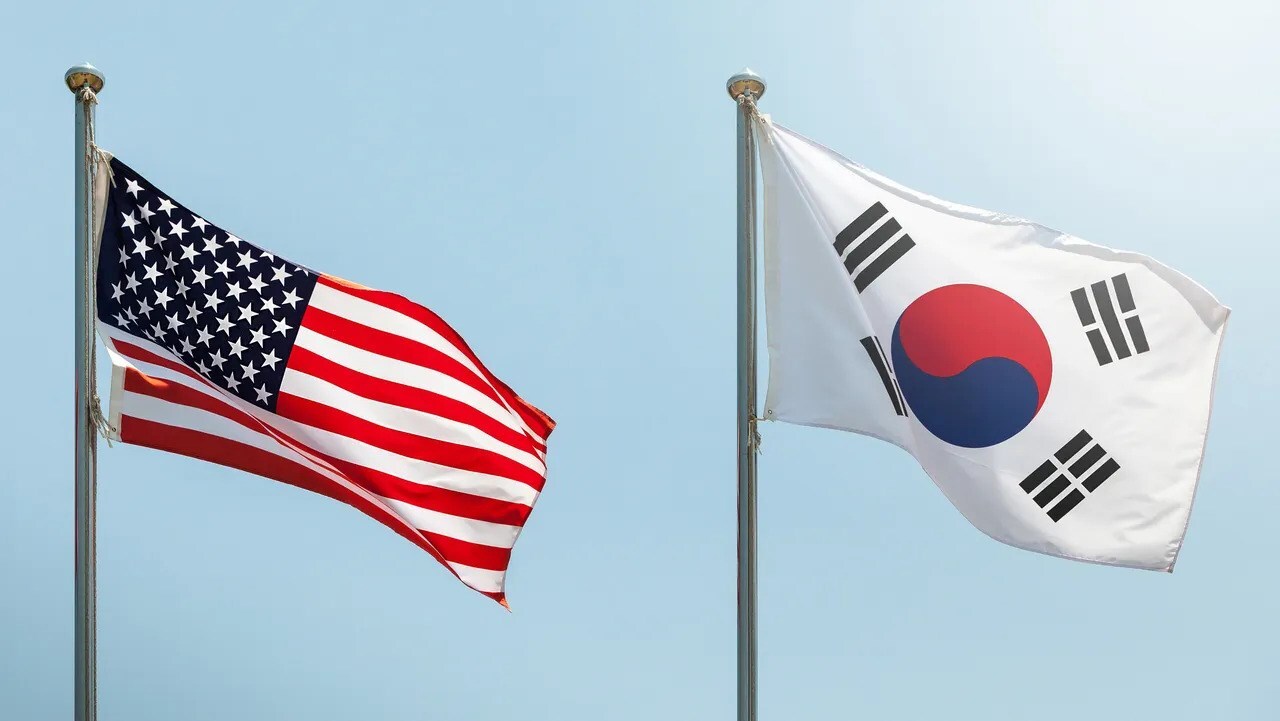

US tariffs have had a serious adverse impact on Korea as the country’s economy leans heavily on exports to the American market. The strain is already visible in the country’s trade performance, with export growth slowed to 3 per cent Y-o-Y, down from 5.8 per cent in July. Although that marked the third consecutive month of growth, it was the weakest in the streak, underlining the impact of Washington’s trade barriers.

A new study by the CODIT Global Evidence-Based Policy Institute, “U.S. Imposes 50% Tariffs on Aluminum and Copper: Strategic Responses for Korea,” underscores the structural vulnerabilities of Korea’s non-ferrous metals industry, valued at KRW 57 trillion (USD 40.5 billion) and dominated by small and mid-sized companies. The study finds that aluminium and steel form the backbone of Korea’s export engine; hence, tariffs on those metals have led to severe economic fallout.
At the end of July 2025, President Donald Trump struck a deal with South Korea by reducing tariffs from 25 per cent to 15 per cent on cars and semiconductors, two of Korea’s key export items. This agreement came in exchange for Seoul’s USD 350 billion investment pledge in the US. But crucially, this reprieve did not extend to aluminium and steel, South Korea’s other major export earners. They continued to face a 50 per cent duty, leaving Korea’s auto industry - the nation’s economic mainstay - exposed on both ends. With raw materials taxed at 50 per cent and finished vehicles facing 15 per cent tariffs, automakers now shoulder an effective burden of 65 per cent.
That’s not all. CODIT warns the consequences of 50 per cent US tariffs on Korea will be threefold. First, Korea’s aluminium sheet, foil, and extrusion exports to the US are set to shrink; second, forced market diversification will drive up costs; and third, exporters will face mounting pressure to find new export destinations for downstream aluminium products, semiconductors, and electric vehicles.
Responses








